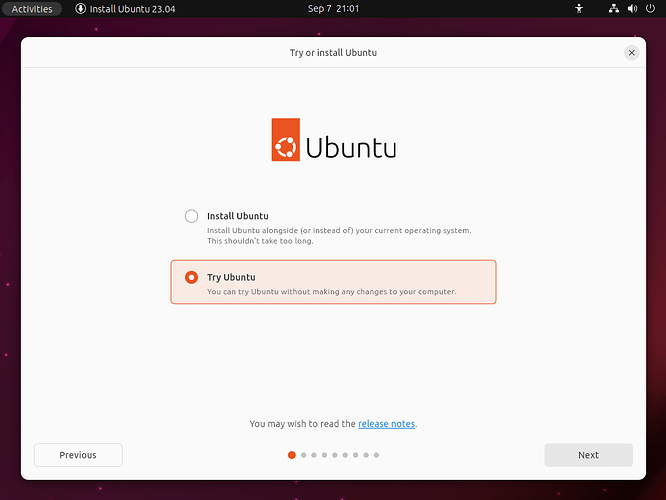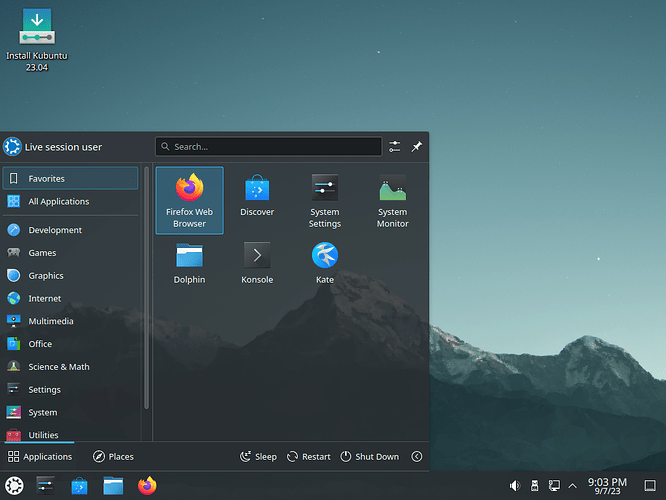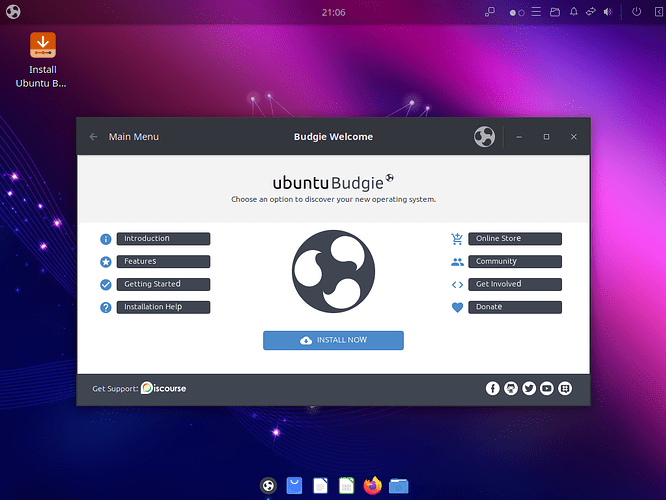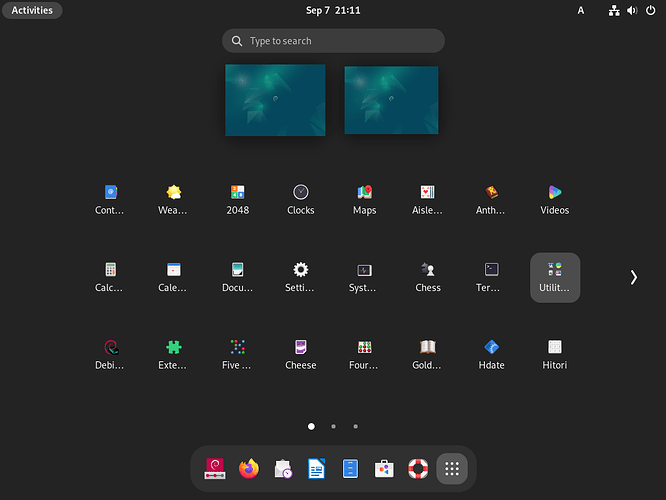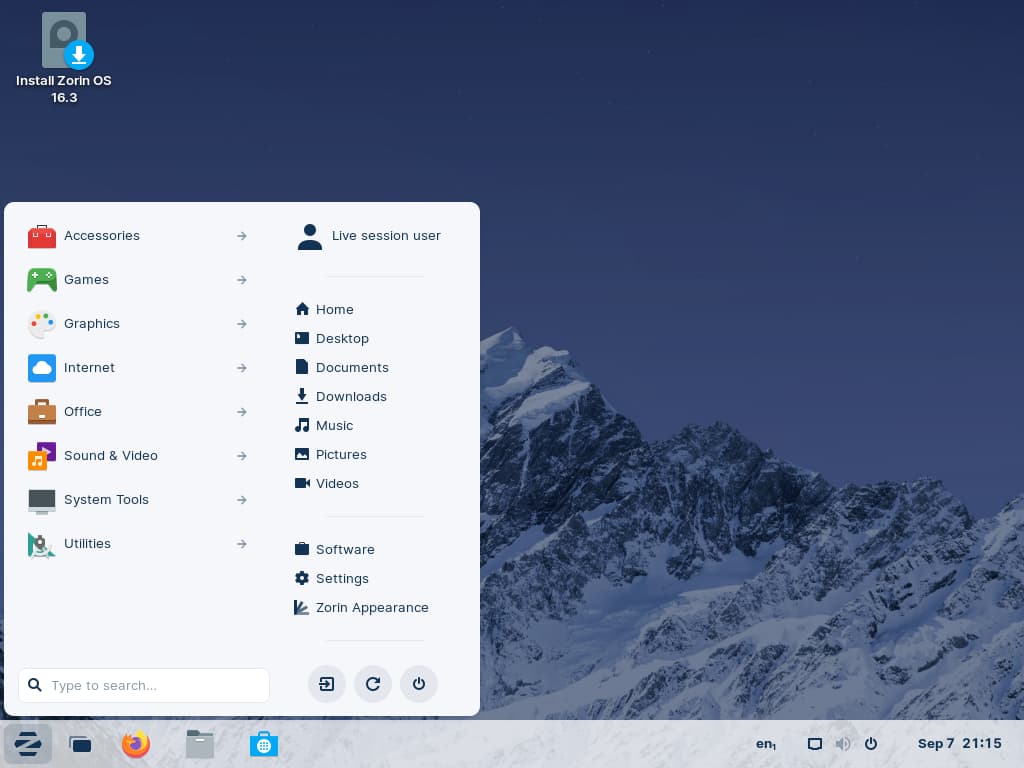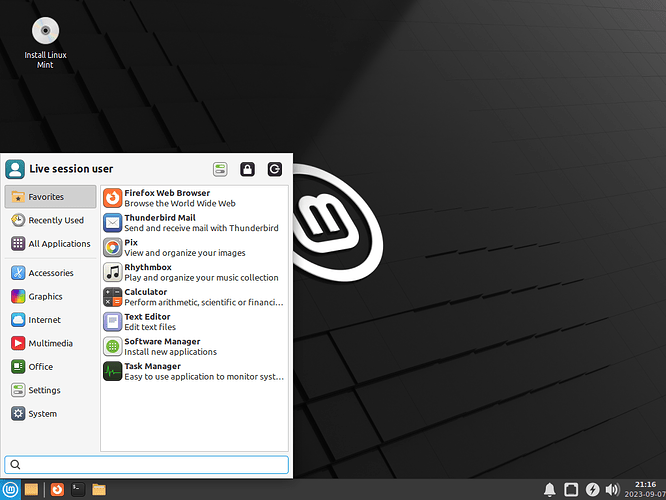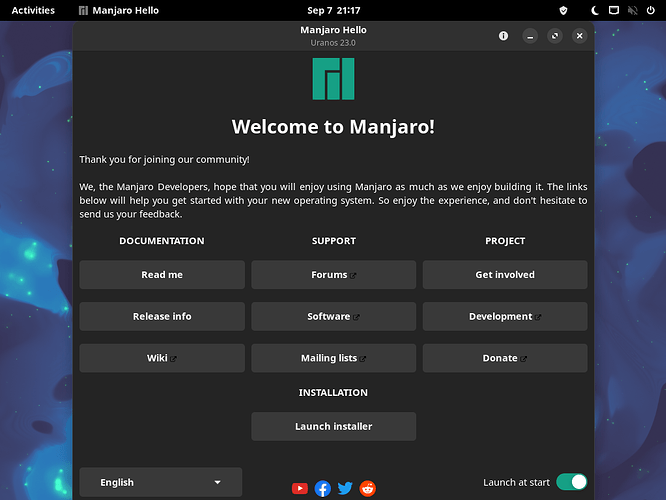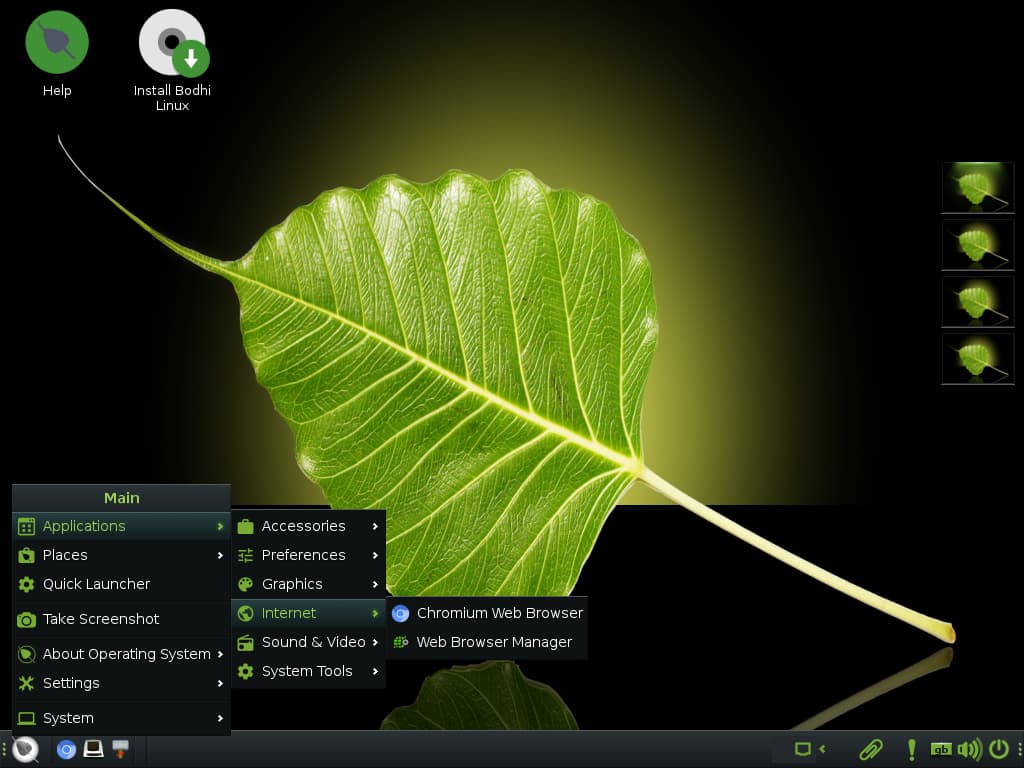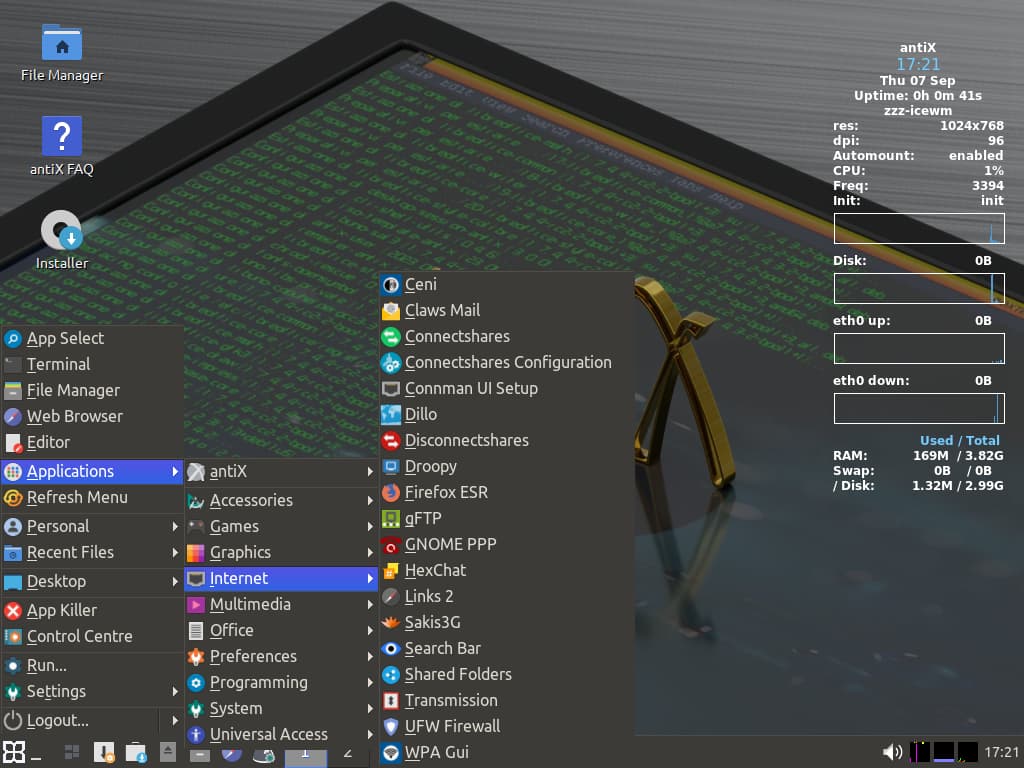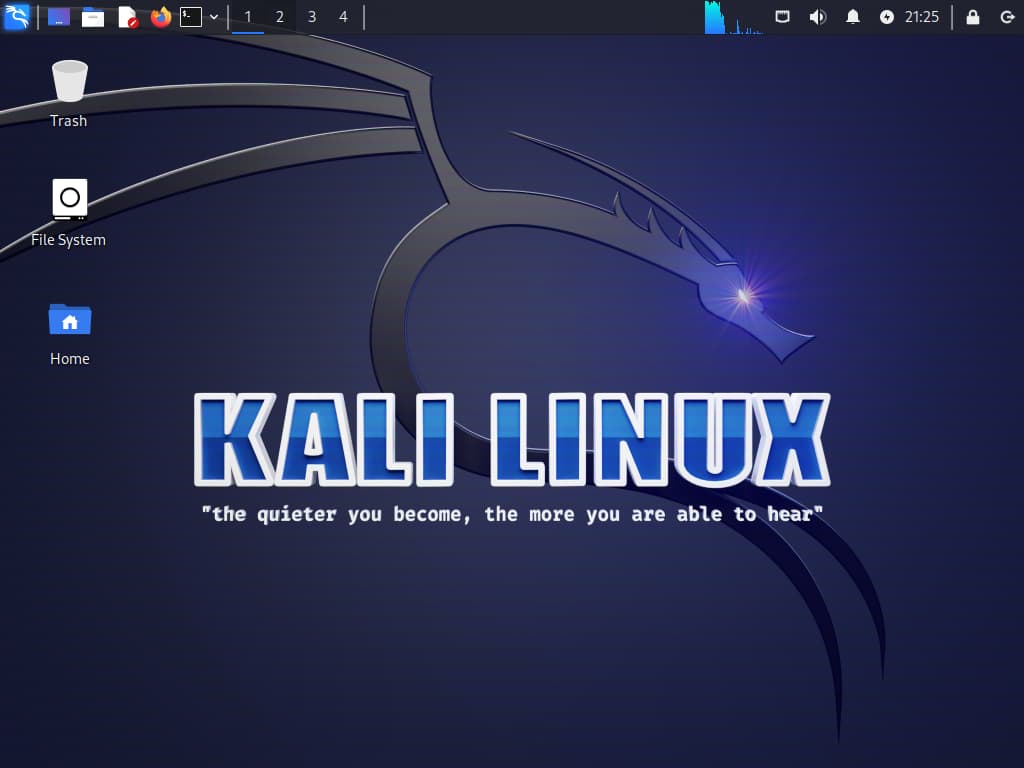So the first version of my Multiboot USB Key is now working. I managed to get 18 different distributions onto it, all of which boot up on both my laptop (which is USB2 only ~ 35Mb/sec) and in a virtual machine on my Workstation (USB3 ~ 130Mb/sec), but either way, a little patience is required on boot as USB keys aren’t as quick as SSD drives.
The initial GRUB boot menu looks like this;
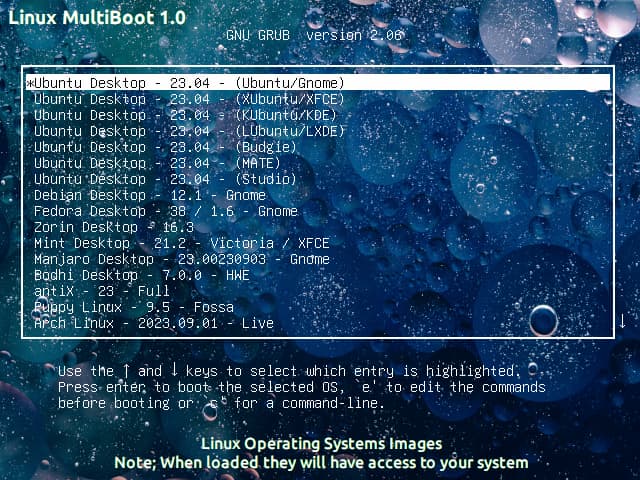
With two entries (Kali and Gentoo) hidden via the menu scroll. I’ve just done a final test by booting each one and screen grabbing, this is what is looks like;
I installed a new plugin on the Forum to view images as a grid, then do a slider type display so you can look at each one full-size … so we’ll see how that goes when I click on create topic ![]()
References in detail for each distribution;
- Ubuntu, this should cover all official flavours
- Debian
- Fedora
- Zorin, the version included if the free “Core” version If you’re interested in the Pro version, it can be purchased from Zorin by following the link.
- Mint
- Manjaro
- Bodhi
- antiX
- Puppy Linux
- Arch Linux Note that this is a text based installer unlike the other distro’s
- Kali Linux
- Gentoo
Now to an extent, the further you go down this list the more exotic the option.
Which tool did you use to do this?
Mm, well I didn’t so much. After trying a few of the available options, all seemed to have (different) issues, so I ended up rolling my own. I start off by defining a profile, which is a list of distro’s I want on the key. This includes the ISO download for each key, checksum file, and signature, signature key length, Grub menu title etc etc. Once I have a profile, I can to “make_key [profile] [device]” and it will go fetch any ISO’s not cached, verify the checksums, maybe have a crack at verifying the signature, then write everything to the key, making appropriate Grub menu entries as it goes. [signature verification varies, for Ubuntu et al, it’s fine, not always an option depending on the distro]
So, specific collections like “all the Ubuntu Flavours” etc, is relatively easy and just a case of rolling a profile with the required distro’s in it. If I don’t have the boot sequence for that specific distro base (I seem to have most now) then I may need to make a new template, but it’s now a relatively straightforward process.
Note :: this has turned into a very problematic exercise, I’m now itching to install a few of these on a machine to give them a try. You have been warned … ![]()
